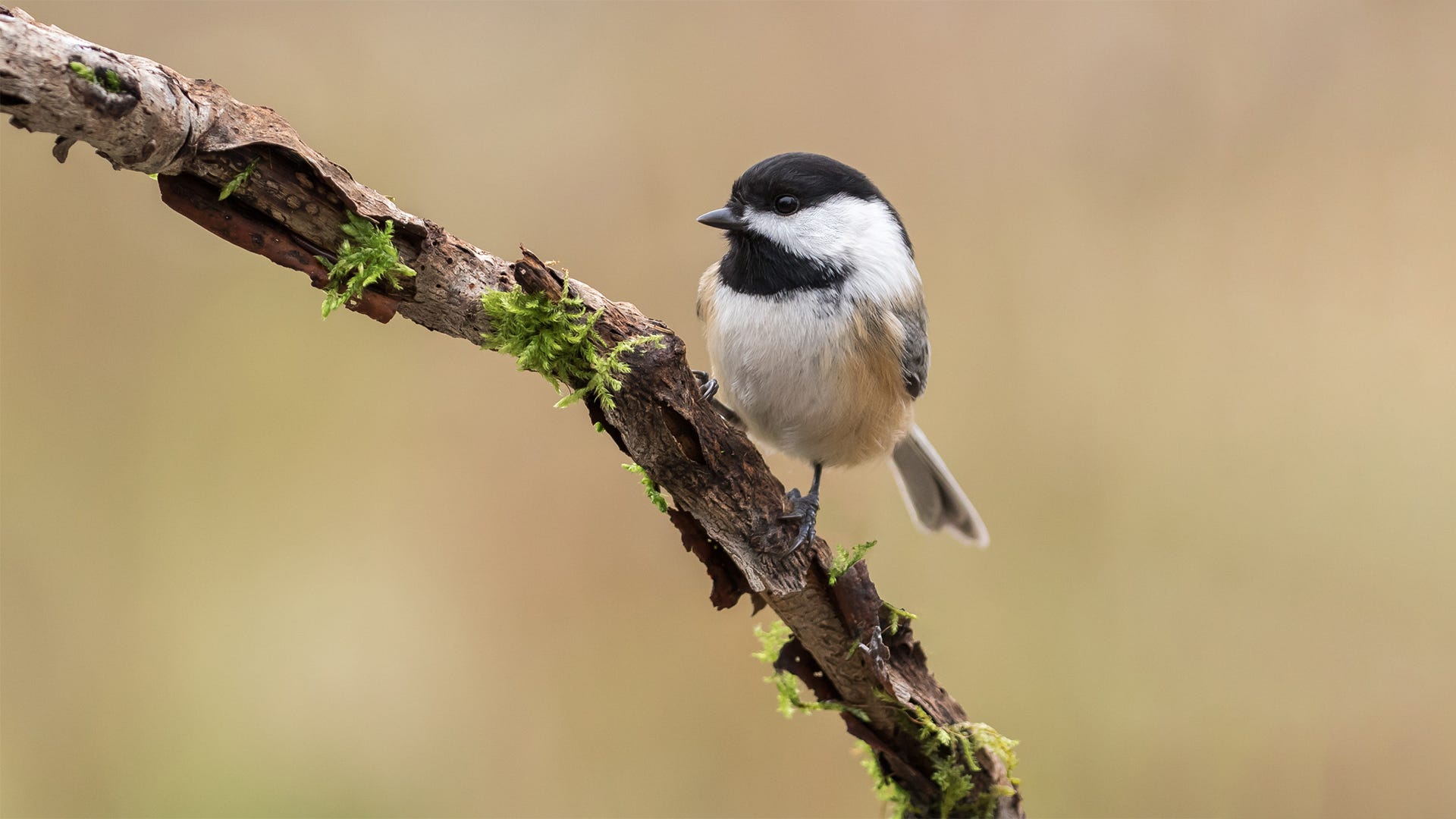Discover the secrets to attracting Black-capped Chickadees to your bird feeder in this informative article. Known for their friendly and mannerly behavior, these cute and active birds are a favorite among bird enthusiasts in the northern half of the United States. Learn which foods and feeders are most appealing to Black-capped Chickadees, as well as tips on where to place your feeder for their comfort and safety. With these expert suggestions, you can create an inviting environment that will have these delightful birds flocking to your yard.

Irresistible! Attract Black-capped Chickadees to Your Feeder
Cute and active, everyone in the northern half of the United States wants Black-capped Chickadees at their feeder! How do you attract Black-capped Chickadees to your bird feeder? Follow these suggestions to attract Black-capped Chickadees to your yard.
Why attract Black-capped Chickadees to your bird feeder?
Black-capped Chickadees are friendly and mannerly birds at the feeder. They are not aggressive and don’t chase off other birds. They come to the feeder and take seed one-at-a-time. They fly off and eat the seeds away from the feeder and other more rambunctious birds. Thus, Black-capped Chickadees don’t make a mess at the feeder, as do some other birds. These birds don’t form large flocks. They stay in family groups throughout the year. So, they won’t overwhelm the feeder or quickly eat up all the seed. For all these reasons and more, people who feed birds love Black-capped Chickadees at their feeder!
What foods will attract Black-capped Chickadees to your feeder?
Black-capped Chickadees will eat several items at your feeder. They like black oil sunflower seeds best of all. They’ll keep coming back to the feeder all day for these seeds. The best prices seem to be at farm stores. You may see chickadees at your mixed bird seed. But they’re probably picking out the sunflower seeds. If you are looking for an excellent mixed bird seed that attracts both chickadees and native sparrows, I recommend Wagner’s Songbird Supreme (Amazon affiliate link). It is more than half sunflower seeds, both in and out of the shell. Chickadees will love it. Black-capped Chickadees also like peanuts and peanut butter (look for brands with no added salt or sugar). Look for items called Bark Butter, or suet balls. Chickadees also eat suet, especially in winter. I always purchase St Albans Bay Suet blocks (Amazon affiliate link). It comes in several flavors, including peanut. They fit in suet feeders (below).
What kind of feeders do Black-capped Chickadees like?
All chickadees are fairly skittish at feeders. They may wait to come until the larger and more aggressive birds are done eating. The best way to feed Black-capped Chickadees is by offering black oil sunflower seed from a tube feeder. Tube feeders are favorite feeders for finches, goldfinches, nuthatches, and chickadees. Larger birds (sparrows, doves, starlings) have a harder time perching on these. Make sure that these tube feeders do NOT have a tray at the bottom. Otherwise, larger birds will have a platform on which to perch and keep the feeders all to themselves. I really love the way my iBorn tube feeder looks, with its copper top. A screwdriver takes off the lower perch and opens it up for cleaning. Chickadees also love suet, as mentioned earlier. However, sometimes starlings and jays can take over a suet cage and keep smaller birds away. That’s when an upside-down suet feeder comes in handy. Jays, blackbirds, and starlings are thwarted, but chickadees, wrens, nuthatches, and woodpeckers can feed with ease. I bought a Nature’s Way Upside-down suet feeder years ago and have been very happy with it.
Where to place your bird feeder for Black-capped Chickadees
Black-capped Chickadees are timid around larger and more aggressive birds. Set up a tube feeder with sunflower seeds away from the main feeding station so they are more comfortable. Likewise, since they are so small and vulnerable, think about their safety. Set up the chickadee feeding station near a bush or hedge. That way, if danger comes, they can dive into cover and hide. Another fun option is to attract chickadees to window feeders. Larger birds are usually more wary of these feeders that attach to your windows. But the chickadees won’t mind at all. Here’s a page of bird window feeders on Amazon (affiliate link). I don’t have any recommendations for you. But read the size and reviews carefully (all the birds shown on the feeders are Photoshopped in, making the feeders look larger than they really are).
How else can you attract Black-capped Chickadees to your yard?
You may notice that Black-capped Chickadees stop coming to your feeders in spring and summer. That is because they are nesting and raising young! The young need insect food for protein. You might try offering live mealworms. Recently I wrote an article on feeding birds mealworms (link at end of this article). Black-capped Chickadees will appreciate native bushes and trees, like birch and willow. They also come to bird baths–both in summer and winter.
Problems with Black-capped Chickadees: If you have attracted too many to your feeder
Most people would say you can never have too many Black-capped Chickadees at your feeder. However, in the fall of the year you may notice that the chickadees are visiting more often than usual. That is because they are taking seeds away and hiding them. They are caching them away in bark crevices and holes, perhaps even burying them. They are storing the seeds to retrieve later in the winter when food supplies are low. If this seems to be the case, feed only enough seeds so that the feeders go empty in late morning. That way there is food for all, but not so much they start storing it away.
Black-capped Chickadee FAQ
Ask questions in the comments below about attracting and feeding Black-capped Chickadees, and I’ll add the answer here!
Related Articles
- Why aren’t birds coming to your feeder?
- How to feed birds mealworms

Leave a Reply